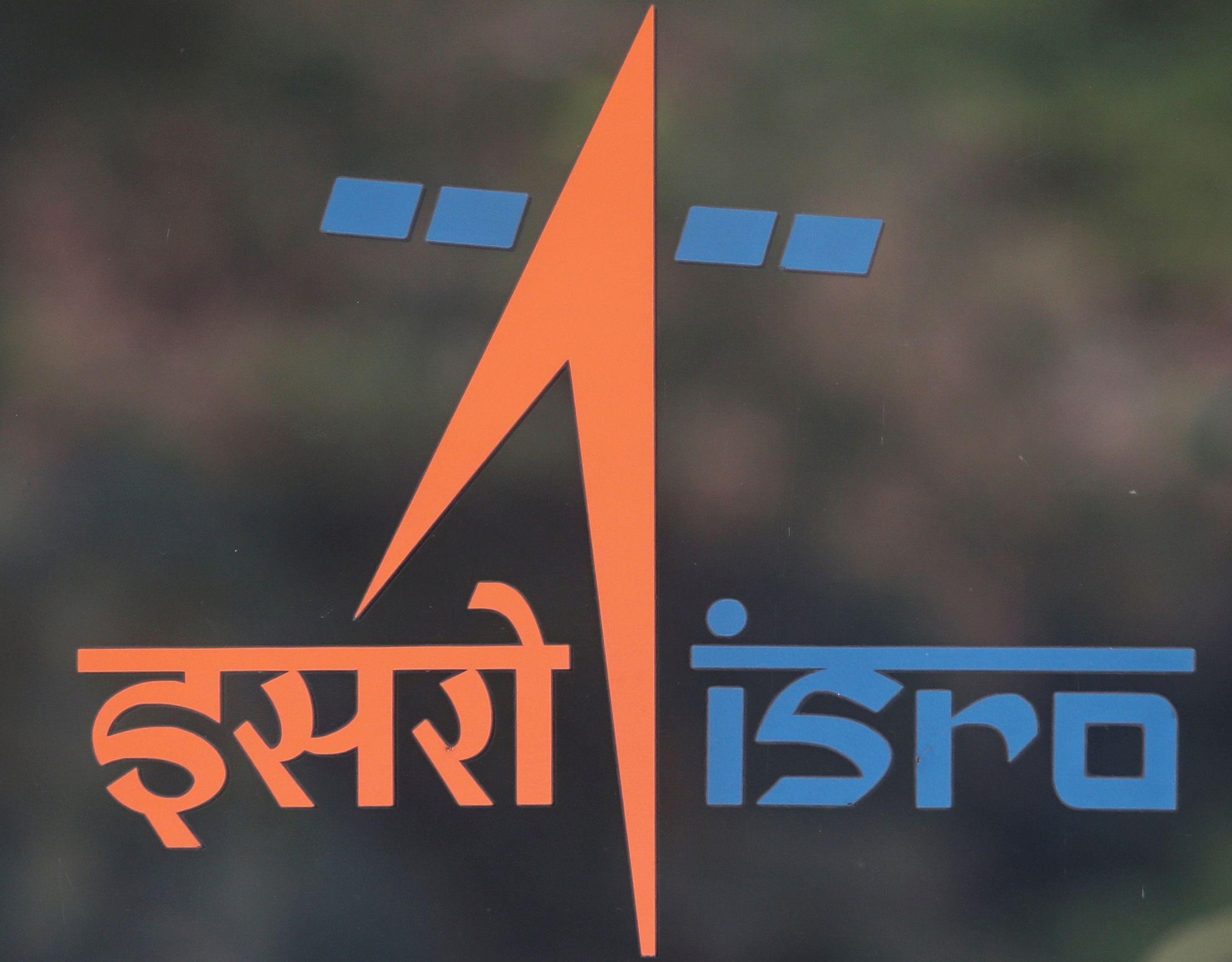
It’s been a marvellous journey of success for the Indian Space Research Organization (ISRO) for the last few decades. Some major landmarks, over these decades, are the Satellite Instructional Television Experiment (SITE), one of the earliest programs to use satellite TV technology for adult education and vocational skill improvement (in agriculture and allied sectors). The success of SITE has opened new vistas for ISRO. Notable among them are (a) Earth observation/Meteorological missions (Kalpana-I, OceanSat, CartoSat, SARAL) helped India to minimize loss of life during the natural disasters and have enabled the agencies to issue early warnings to farmers, (b) Astronomical pursuits (Aryabhata, Astrosat) has helped us to enhance our knowledge about the universe, (c) Extra-terrestrial exploratory missions (Chandrayaan, Mangalyaan) have enabled us to reach our neighbouring astronomical bodies, (d) Navigation (IRNSS) for mapping of location, (e) launch of few dozen satellites at one go.
However, the flip side of this success is sub-optimum utilization of the infrastructure thus created by ISRO. So far, the focus of ISRO appears to be reaching a flag post rather than resource optimization. For instance, ISRO received several kudos for its successful operation of the Mars Orbiter Mission (MOM) during the year 2014 in its first attempt. On the contrast, in the same year, Kailash Satyarthi was honoured with the Nobel Peace Prize for his efforts on eliminating child labour in the country.
The point of concern is the existence of two different India’s --one aiming to touch the frontiers of science and technological development while the other, struggling to provide basic facilities to its future generations and exclusivity to each other. These two extremities underline the limited use-value of space sector advancements in other developmental aspects like the realization of Sustainable Development Goals (SDGs), be it agriculture or education or urban planning.
In terms of weather alerts, one of the first aspect to be taken up in the form of earth observation programme, we are yet to reach a stage to downscale the weather alerts to gram panchayat levels to enhance the use-value of earth observations for the farming community in a real sense.
Even the indigenous navigation system – NavIC is yet to take off with full steam, we are still dependent on the American system of Global Positioning System (GPS). Despite its vast experience with education right from SITE years, online education never took off till Covid-19 has struck us and the educational institutions forced to close.
Even then, it is limited to a few institutions. Similarly, South Asia Satellite launched for regional cooperation is yet to reach its optimum usage by the partner countries. Except for transponding activities (for telecommunications and entertainment purposes), Indian space operations appear to hit a wall. In sum total, it’s evident that the space sector infrastructure created seems to belong to a sector that never explored options for contributing to the welfare of society. Over and above, the proposed missions of Gaganyan and Chandrayaan III appear to enlarge the gulf between place value and the
face value of our space operations. Probably, it is time to incorporate the element of societal interests also into our space programs.
In this background, the recent announcements of our Finance Minister to open the space sector operations to private investment is certainly a welcome move, though, already there is significant involvement of private sector in space operations, in the form of ancillary industries like the supply of different parts, tools and segments of launch vehicles, or scientific parts of satellites. Looking at India Inc, it appears, despite policy changes to participate, private investment will be limited to supply accessories and spare parts only. It may be over-ambitious to expect another Elon Musk of Space X in the Indian context.
However, the circumstances are perfect for the private sector to make a kill by offering their skill sets to facilitate space infrastructure to help India achieve Sustainable Development Goals (SDGs). For instance, the private sector can develop different knowledge modules required for proposed twelve new educational channels, also by establishing the infrastructure required to deliver the content to concerned stakeholders. By ensuring proper checks and balances, this move of private involvement can also help in overcoming the problem of inadequate skill sets in students.